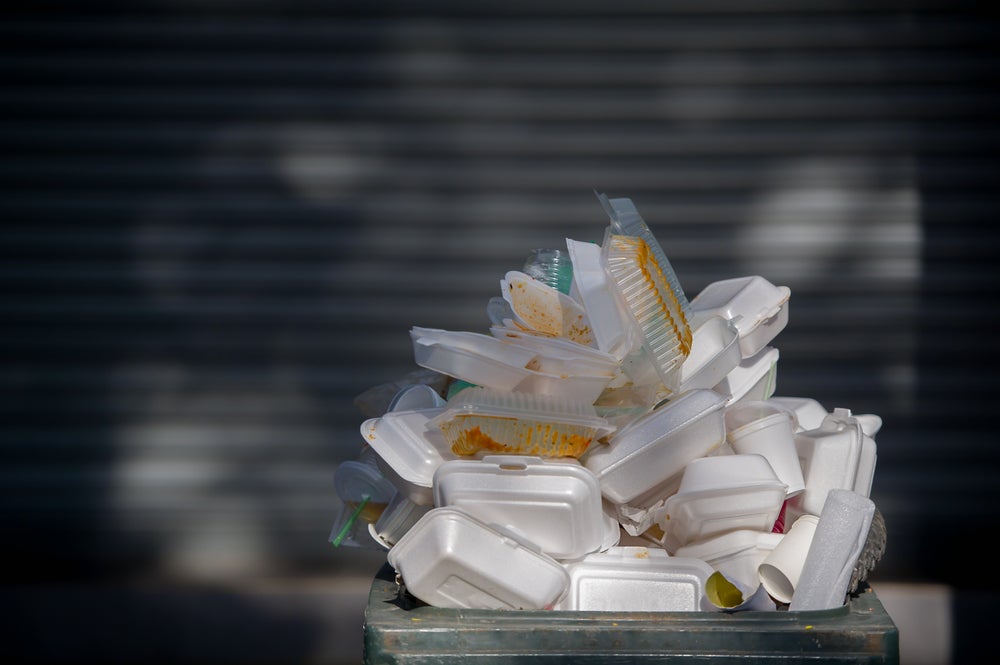Packaging plays a complex role in food waste, serving both to prevent and inadvertently create it.
While packaging can extend shelf life, protect products, and help consumers manage portions, poor design, confusing labelling, and oversized packages can lead to unnecessary disposal.
The challenge for manufacturers and consumers alike is finding the balance between preserving food and minimising environmental impact.
How packaging helps reduce food waste
Packaging protects food from spoilage caused by oxygen, moisture, and light, which are key factors in deterioration.
Techniques such as Modified Atmosphere Packaging (MAP) replace the air in a package with a controlled gas mixture, slowing bacterial growth and oxidation for products like meat and fresh produce.
Physical protection is another critical factor. Packaging prevents bruising, crushing, and other damage during transport, ensuring a higher proportion of food reaches consumers in good condition.
Smaller or multi-compartment packaging also supports portion control, allowing households to consume only what they need and store the rest safely.
Resealable containers, zippers on pouches, and airtight lids help maintain freshness after opening, preventing spoilage before the food is fully consumed.
Strong packaging with tamper-evident seals also reduces contamination risk, ensuring food safety and avoiding premature disposal.
How packaging can increase food waste
Despite its protective role, packaging can also contribute to food waste.
Confusing date labels, particularly the difference between “best before” and “use by” dates, often lead consumers to discard food that is still safe to eat. Inconsistent labelling across brands and countries further complicates this issue.
Oversized packaging is another concern.
Products sold in quantities too large for small households encourage over-purchasing and increase the likelihood of unused food spoiling. Packaging designs that are difficult to empty, such as rigid jars or stubborn pouches, also result in edible food being thrown away.
Plastic presents a particular paradox. Its durability preserves food effectively, yet single-use plastics contribute significantly to environmental pollution.
Multi-layered or complex packaging that protects food often resists recycling, creating a separate waste problem even when the food itself is consumed.
Moving towards a balanced solution
Efforts are underway to align food protection with sustainability. Biodegradable, compostable, and more easily recyclable materials are being developed, while manufacturers are redesigning containers to be easier to empty, reseal, and store.
Reducing unnecessary packaging, such as plastic film on fresh produce, also plays a role in minimising waste.
Standardising labelling and educating consumers about the meaning of “best before” versus “use by” dates can reduce the premature disposal of edible food.
Greater public awareness of proper storage methods and realistic portioning can help households extend the life of their food while limiting the environmental impact of packaging.









